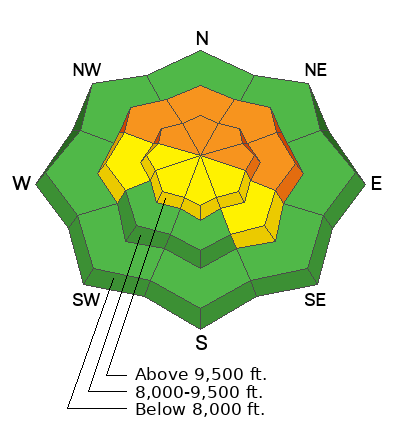Forecast for the Provo Area Mountains

Issued by Nikki Champion on
Thursday morning, November 28, 2024
Thursday morning, November 28, 2024
Avalanche danger is CONSIDERABLE on steep, northwesterly, northerly, and easterly aspects at mid and upper elevations. These areas have received the heaviest snow totals, the strongest winds, and harbor weak, faceted snow near the ground. Large natural avalanches were observed in the Provo area mountains during the peak of the storm.
Human-triggered avalanches, 1–3 feet deep, are likely today. These avalanches may release within the wind-drifted snow or step down to the persistent weak layer, resulting in much larger and more destructive slides. Watch for clear signs of instability, such as cracking and collapsing.
Even outside wind-affected zones, the new snow may remain reactive, with fast-moving, small avalanches capable of traveling farther than anticipated. Keep in mind, it’s still early season with a shallow snowpack. While a smaller avalanche may not fully bury you, it could easily sweep you through dangerous and unforgiving terrain.

Low
Moderate
Considerable
High
Extreme
Learn how to read the forecast here











